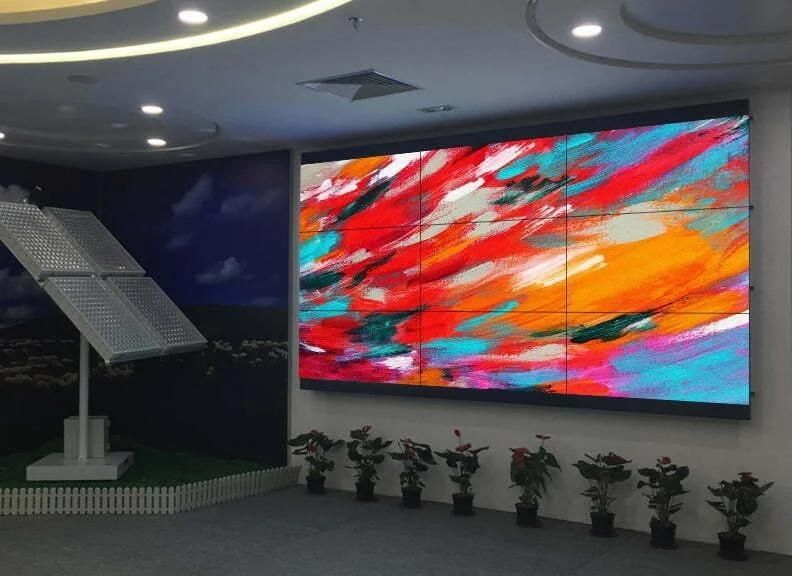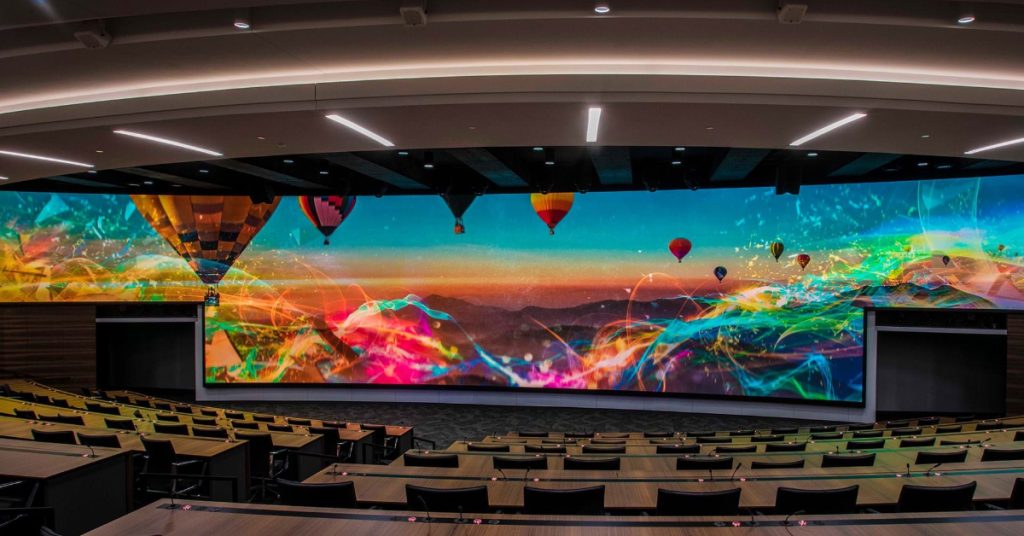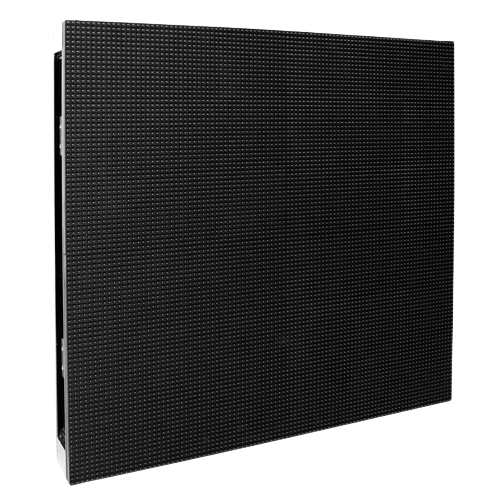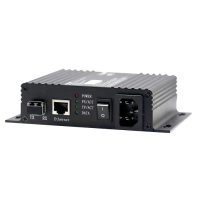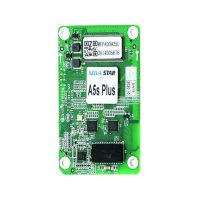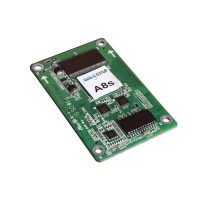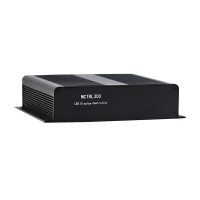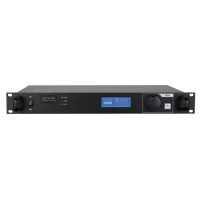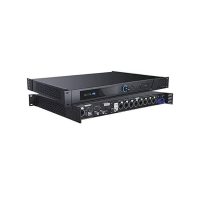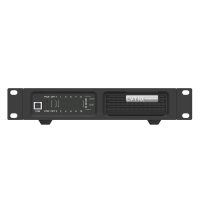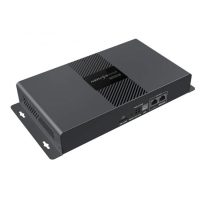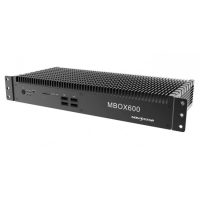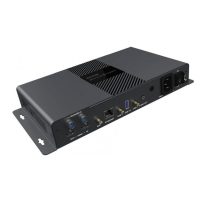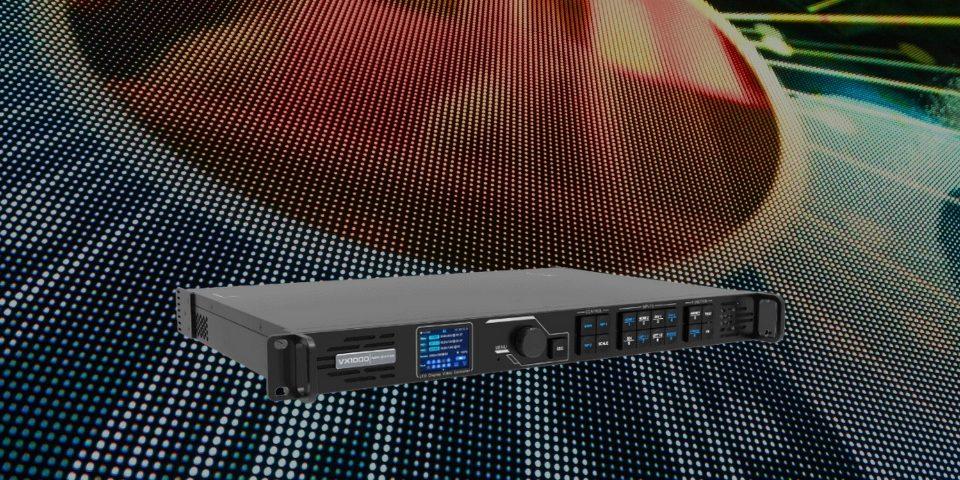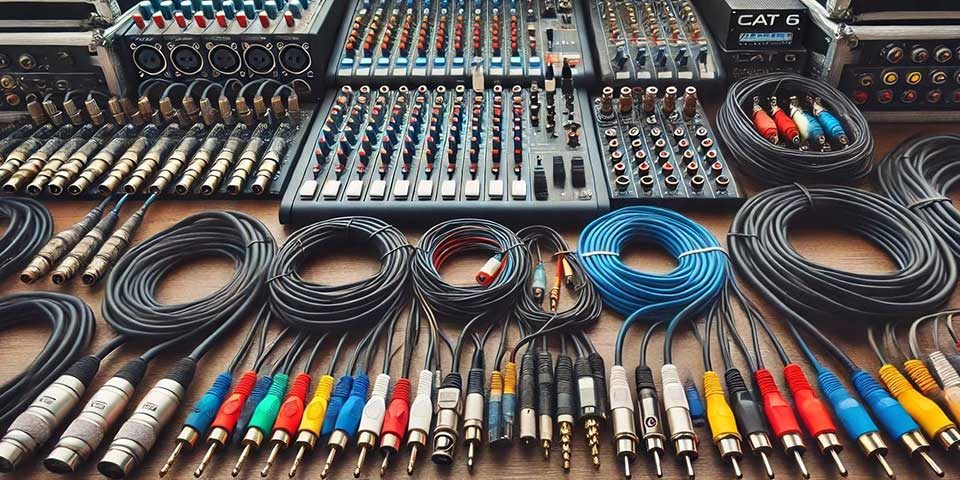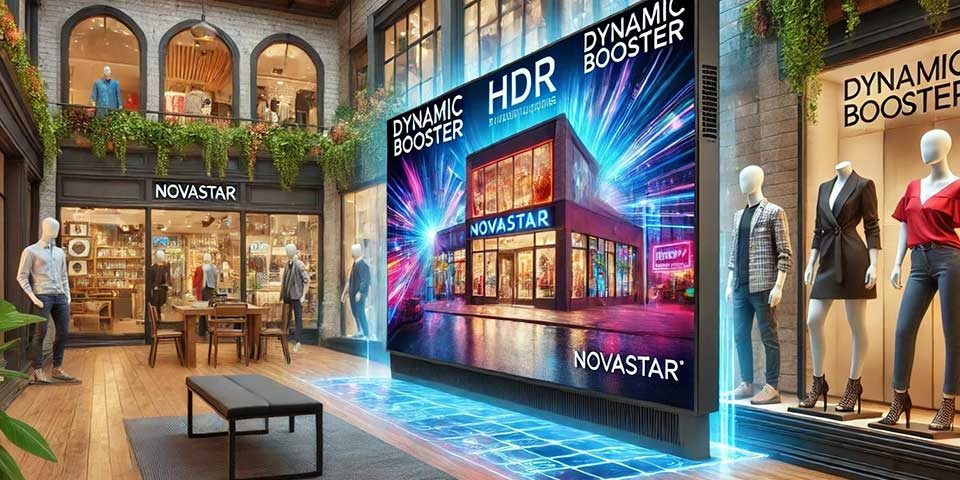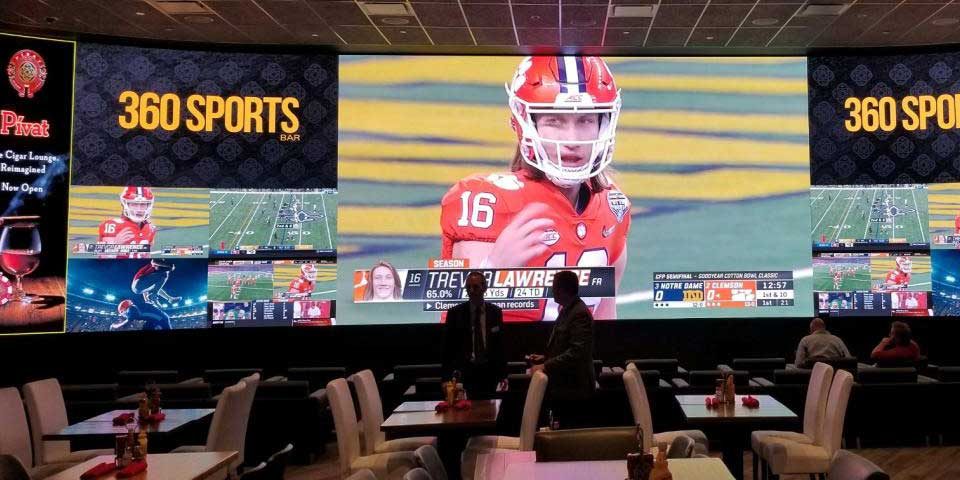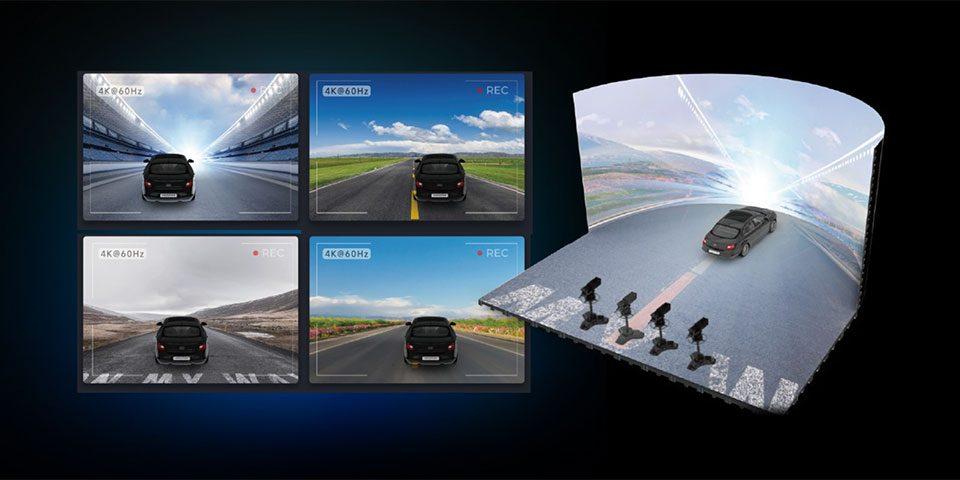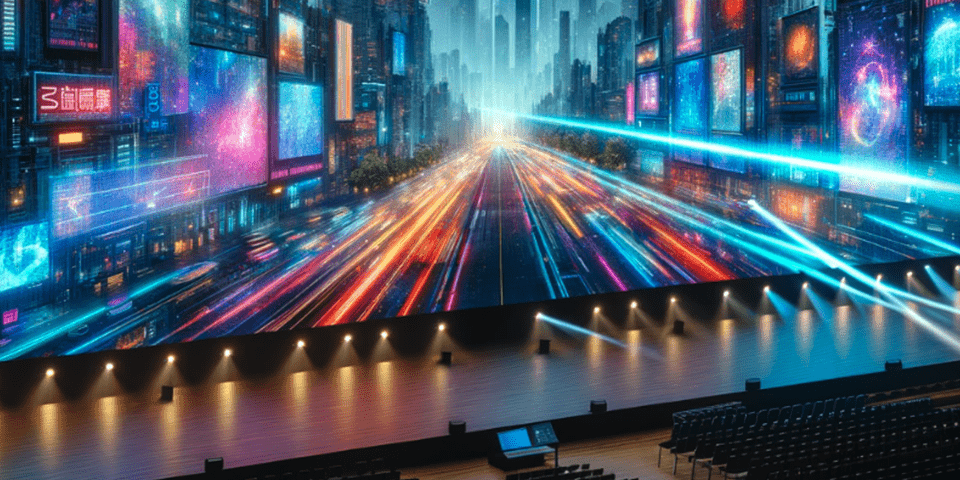
The Sphere Las Vegas: 16k Resolution, Saco Technologies & Anyma

Best Wireless Microphone System: Which System Is Best for You?

The Sphere Las Vegas: 16k Resolution, Saco Technologies & Anyma

Best Wireless Microphone System: Which System Is Best for You?
LCD vs LED Video Wall: Differences and Benefits
Introduction
In today's digital age, video walls have become an integral part of various industries, offering dynamic and immersive visual experiences. Whether in large venues, restaurants, corporate settings, or control rooms, choosing the right video wall technology is crucial. This article delves into the differences between LCD and LED video walls, their advantages, and how to make an informed decision based on specific needs.
What is an LED Video Wall?
An LED video wall is composed of multiple LED panels seamlessly tiled together to create a large, bright, and vibrant display. LEDs (Light Emitting Diodes) are known for their superior brightness, flexibility in size and shape, and durability.
LED video walls offer significant advantages. Their incredible brightness makes them ideal for both indoor and outdoor settings. Additionally, they can be customized to any size and shape, offering endless design possibilities. The robustness and long lifespan of LED panels, often exceeding 100,000 hours, make them a durable choice for various applications.
Common Applications of LED Video Walls
Common applications of LED video walls include large venues such as stadiums and concert halls, restaurants and retail spaces for advertising, and outdoor advertising and billboards. For those seeking high-quality performance, the Novastar MCTRL4K and VX1000 controllers are essential, providing seamless display and superior control.
What is an LCD Video Wall?
An LCD video wall consists of multiple LCD monitors arranged to form a larger screen. LCD (Liquid Crystal Display) technology is known for its high resolution and detailed image quality.
The advantages of LCD video walls include their high resolution, providing sharp and detailed images, making them perfect for close-up viewing. Generally, LCD panels are less expensive than LED panels, making them a cost-effective option for many applications.
Common Applications of LCD Video Walls
Common applications of LCD video walls include corporate environments for presentations and digital signage, control rooms where high-resolution displays are essential, and indoor digital signage in retail and hospitality.
Video Control: LED Wall vs LCD Wall
Both LED and LCD video walls require sophisticated control systems to manage content and ensure seamless display.
LED Wall Control
LED walls use advanced video processors and controllers, such as the Novastar MCTRL4K and VX1000, to handle large screens and complex content. These controllers ensure high-quality performance, ease of integration, and seamless video wall experiences.
LCD Wall Control
LCD walls also require robust controllers to manage multiple screens and maintain image continuity. While they provide high-resolution displays, the visible bezels between panels can be a drawback.
Lifespan of LED vs LCD
The lifespan of video walls is a crucial factor to consider when making a choice.
Lifespan of LED Video Walls
LED video walls typically have a longer lifespan, often exceeding 100,000 hours. They are more durable and can withstand harsher environments, making them ideal for both indoor and outdoor use.
Lifespan of LED Video Walls
LCD panels usually last between 30,000 to 60,000 hours. Their lifespan can be significantly reduced by high-temperature and high-humidity conditions, limiting their use to controlled indoor environments.
Video Wall Installation and Maintenance
Installation and maintenance are important considerations for both LED and LCD video walls.
Installation
The installation of LED walls can be more flexible due to their modular design, allowing for various configurations and sizes. LED walls require low maintenance, with individual modules easily replaceable if needed.
In comparison, the installation of LCD walls requires careful alignment of the screens to ensure a cohesive display. LCD walls tend to have higher maintenance needs, especially in ensuring the alignment of screens and dealing with potential bezel issues.
Cost and ROI
While the initial cost of LED video walls can be higher than LCD walls, their long-term benefits often outweigh the initial investment. LED video walls, despite their higher initial cost, are cost-effective over time due to their lower maintenance needs and longer lifespan.
LCD video walls, while having a lower initial cost, may incur higher long-term costs due to higher maintenance requirements and shorter lifespan. Case studies have shown that investing in LED walls leads to significant ROI due to their durability, flexibility, and enhanced visual appeal.
conclusion
Choosing between LCD and LED video walls depends on specific needs, budget, and application. LED walls offer unparalleled brightness, flexibility, and durability, making them suitable for various environments. In contrast, LCD walls provide high resolution and cost-effectiveness for controlled indoor settings.
For high-quality, reliable video wall solutions, consider products like the Novastar MCTRL4K, VX1000, and ADJ AV6X, which ensure seamless integration and superior performance.


